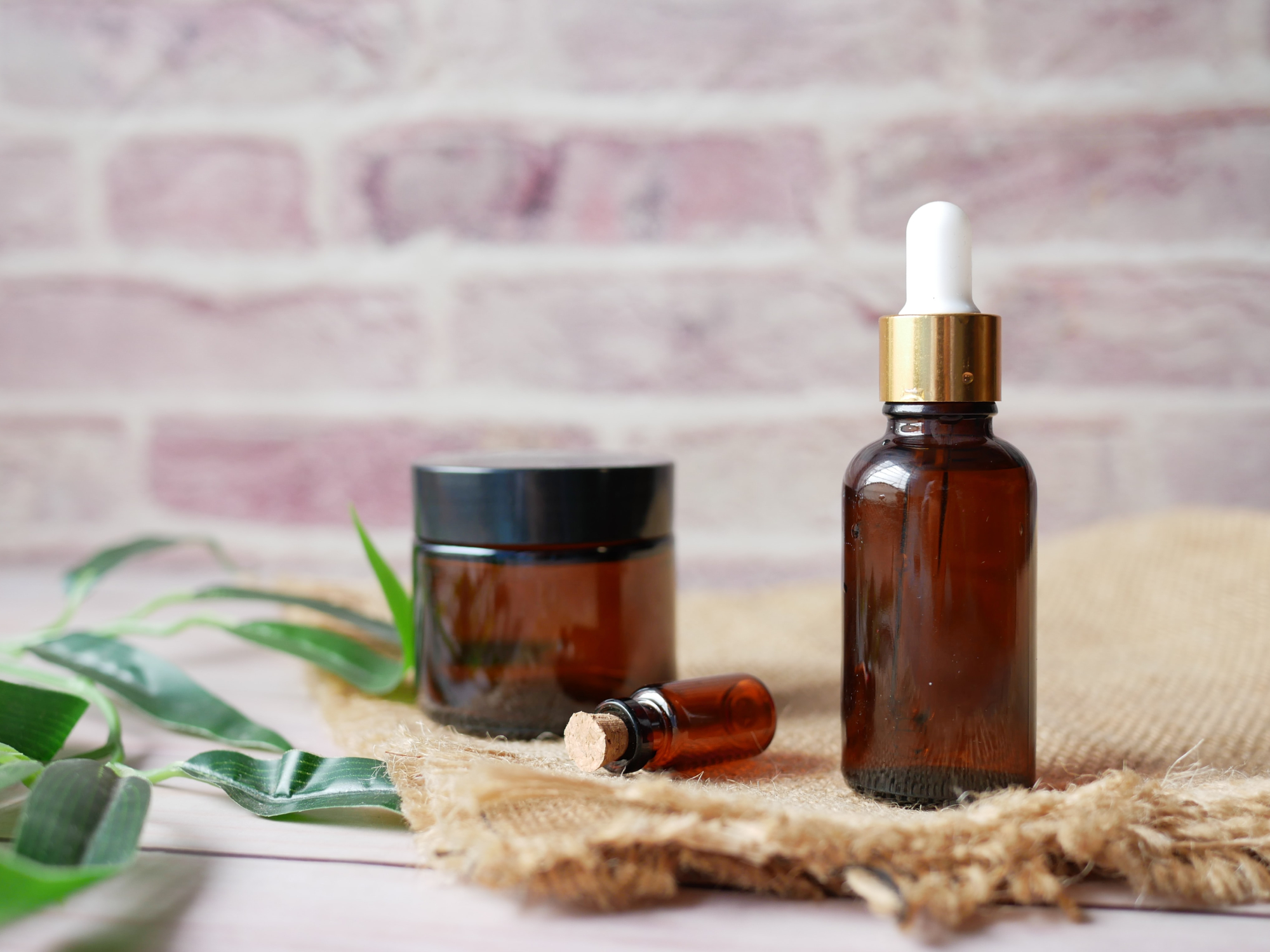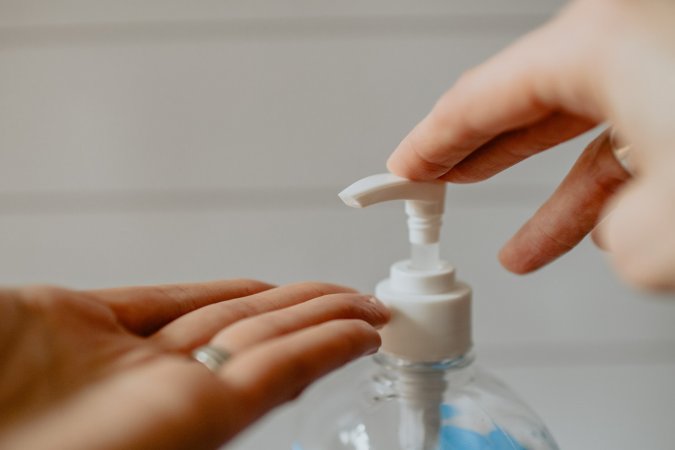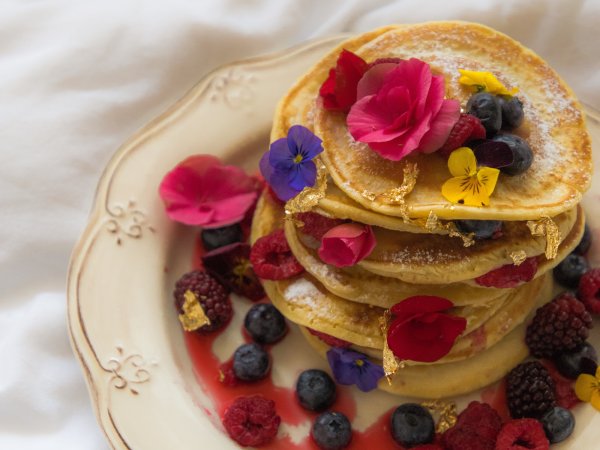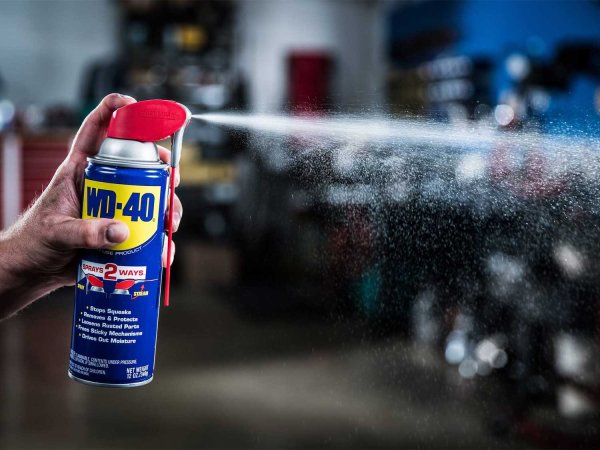

Despite their name, essential oils aren’t really that essential for health. It’s a brilliant marketing strategy, but it’s a misnomer—they can’t affect our bodies the way, say, nutrients can. Still, essential oil labels tout potential benefits such as relaxation, elevated mood, antifungal properties, and pain relief—and some studies have indeed demonstrated beneficial effects. But when used incorrectly, essential oils can be dangerous.
“I want to caution everyone to be a little bit more safety-conscious when they’re buying their essential oils,” says Nancy Rodgers, a certified aromatherapist at the Mayo Clinic in Rochester, Minnesota, explaining that the active ingredients of essential oils are hefty, complex molecules that are still not well understood by researchers.
To reap the benefits of these compounds while staying safe, a critical mind and a willingness to do your own research are essential.
Sleuth for scandal
Essential oils do not need to be approved by the US Food and Drug Administration, but the agency can take action if it determines there’s a safety risk. The FDA does, however, require approval for any essential oil product it considers a drug. This nuance means sellers may overclaim the health benefits of their products without having the data to back them up. The FDA can step in—in 2014, the agency slapped three companies with warnings for falsely advertising their oils as treatments for the Ebola virus—but there’s no guarantee they’ll catch every offending oil before it ends up in your home. Without comprehensive federal oversight, the onus is on consumers to do due diligence on these products.
“Anything goes,” Rodgers says. “Anybody can package an essential oil and put a claim on it.”
If you’re investigating a particular brand, you can search for product recalls on the Consumer Product Safety Commission’s website, says Kelly Johnson-Arbor, a medical toxicologist at the National Capital Poison Center in Washington, D.C. Type in the brand name or the entire phrase “essential oil” and see if your latest purchase (or the product you’ve been eyeing) comes up. The most recent entry on the website (as of April 2022) might horrify you—in November, Walmart urged shoppers to return bottles of Better Homes and Gardens-branded lavender room spray, because it housed a rare bacterial strain that killed two people in the US.
Read up on what the label says
Choosing a quality product starts with reading the label on the bottle, says Rodgers.
Look out for details such as the country of origin, oil extraction method, and chemical composition. Being plant-derived, essential oils are essentially like wine, Rodgers says, because the land on which the plants grow affects the eventual quality of the oil. For example, lavender grown in the French Alps smells nothing like lavender cultivated in the US, says Rodgers. So, knowing a product’s roots can help ensure you get what you ask for.
And there’s no shortcut—contrary to advertising, an essential oil’s “grade” won’t necessarily indicate the product’s quality. These ratings aren’t standardized or regulated across the industry, so they’re unreliable for informing consumers on whether a purchase is suitable for your intended use.
Most importantly, the label should display the Latin name of the plant species the oil is derived from. If the product label doesn’t have that basic information, run. And instead of shopping around, you should know exactly which species you’re looking for. For instance, there are more than 40 species of lavender (Lavandula), and a whopping 600-plus species of Eucalyptus. Each variety has different benefits and even scents, says Rodgers.
[Related: Pest-fighting plants that could save your garden]
To find out more about various plant species, as well as their benefits and hazards, Rodgers recommends starting with established, reputable websites, such as the National Association for Holistic Aromatherapy. She also suggests scouring research databases such as PubMed for published studies on essential oils to vet what you’ve read on other websites. As you go, Rodgers recommends being wary of studies commissioned or funded by private companies, as they may be trying to present their products in the best possible light and tack on a veneer of medical respectability.
If this is your first foray into the world of essential oils and the homework it entails, Rodgers recommends you stick with one or two oils at a time and avoid experimenting with more. That way, if you develop a negative response such as irritation or respiratory problems, you’ll have an easier time narrowing down the list of suspects for your allergies.
How to use essential oil diffusers at home
Because essential oils are derived from the fragrance of plants (their name actually comes from the belief that they hold the “essence” of a plant), they may be best suited for what they already do well in nature: making your surroundings smell sweet. Just put a few droplets of oil into a water-filled diffuser, and the electrical device will disperse the fragrance into the air by way of oil-imbued water particles.
To carry out your own aromatherapy, Johnson-Arbor suggests starting with a well-ventilated space.
“People might think that it’s counterintuitive to open the windows, but I think that’s the safest way,” she says. “Or at least do it in a large room.” You should also make sure neither you, nor anyone in the room has respiratory problems, such as asthma—aromatherapy might aggravate those symptoms.
You don’t have to use a diffuser, either. Some hospitals give patients cotton balls with a few drops of (not dripping wet or soaked) essential oils, which they can carry around in a plastic bag. And there’s a reason hospitals offering aromatherapy eschew diffusers: they can be hotbeds for microbes. If that scares you, clean your diffusers at home, ideally after every use or before switching out scents. Wipe down the dissembled diffuser with a solution of equal parts white vinegar and water, then let your diffuser dry completely. For a deeper clean, you can add a teaspoon of pure white vinegar into the diffuser’s half-filled water reservoir, then run your contraption with the mixture for several minutes, as you would with an essential oil. Finally, drain the diffuser and wipe down its insides with a moist paper towel.
Stick to proper use
Essential oils need to be mixed with a carrier oil such as coconut oil or argan oil before they can be applied to your body. (Unlike essential oils, carrier oils are unscented and originate from the seeds or fruits of flora.) Some companies mix these as part of the manufacturing process, but you may have to do it yourself. Generally, a maximum of 2 percent essential oil dilution—about 12 drops of essential oil per fluid ounce of carrier oil—is considered safe for adults, according to Essential Oil Safety by Robert Tisserand and Rodney Young. Pure essential oils are too concentrated for direct application and may irritate your skin, causing redness or rashes.
Once again, you’ll need to look into the dos and don’ts for specific substances, as each one has its own shtick. For example, several citrusy oils such as bergamot (Citrus bergamia) are phototoxic, meaning they will increase your risk of sunburn if you put them on your skin. Some oils should be avoided altogether, to be on the safe side—Rodgers cautions against bitter almond oil and mustard oil, which can be toxic.
In general, less is more, she says. For example, she warns against pouring more than a few drops of oil into bathwater. Oil and water don’t mix, so you might be getting a full punch of pure oil just as you hit the water. Adding one or two drops to bath salts, though, will help disperse the oil better, Rodgers says.
[Related: How to make your own disinfecting wipes]
If you have children or pets at home, be sure to keep essential oils far out of their reach. While you may have researched your oils and know how to use them properly, others may not. Kids are also the essential-oil-equivalent of a canary in a coal mine—their smaller sizes make them more susceptible to essential oil overexposure.
Don’t ingest essential oils
Just… don’t, enough said. Both Johnson-Arbor and Rodgers categorically advise against eating or drinking essential oils. Consumed this way, some oils such as eucalyptus, camphor, and sage can cause seizures.
Consult experts
If you want to use essential oils while you’re undergoing an unrelated medical treatment or taking other medications, it’s a good idea to consult your physician on whether your health care needs are compatible with essential oils. An integrative medicine physician is your best bet for seeking advice in this area, and your clinic or hospital might have one.
In the event you react badly to aromatherapy, topical oil application, or—heaven forbid—you ingest an essential oil, call the non-profit organization Poison Control. Experts on the line will provide instructions on how to manage the effects at home, or advise visiting a hospital.
This might sound like overkill, but Johnson-Arbor encourages people not to wait for their symptoms to boil over simply because they may feel embarrassed by an accident. “We get a significant number of reports of essential oil exposure,” she says. “Every day, people are experiencing adverse reactions to essential oils.” You won’t be the first if you get yourself into a pickle.







